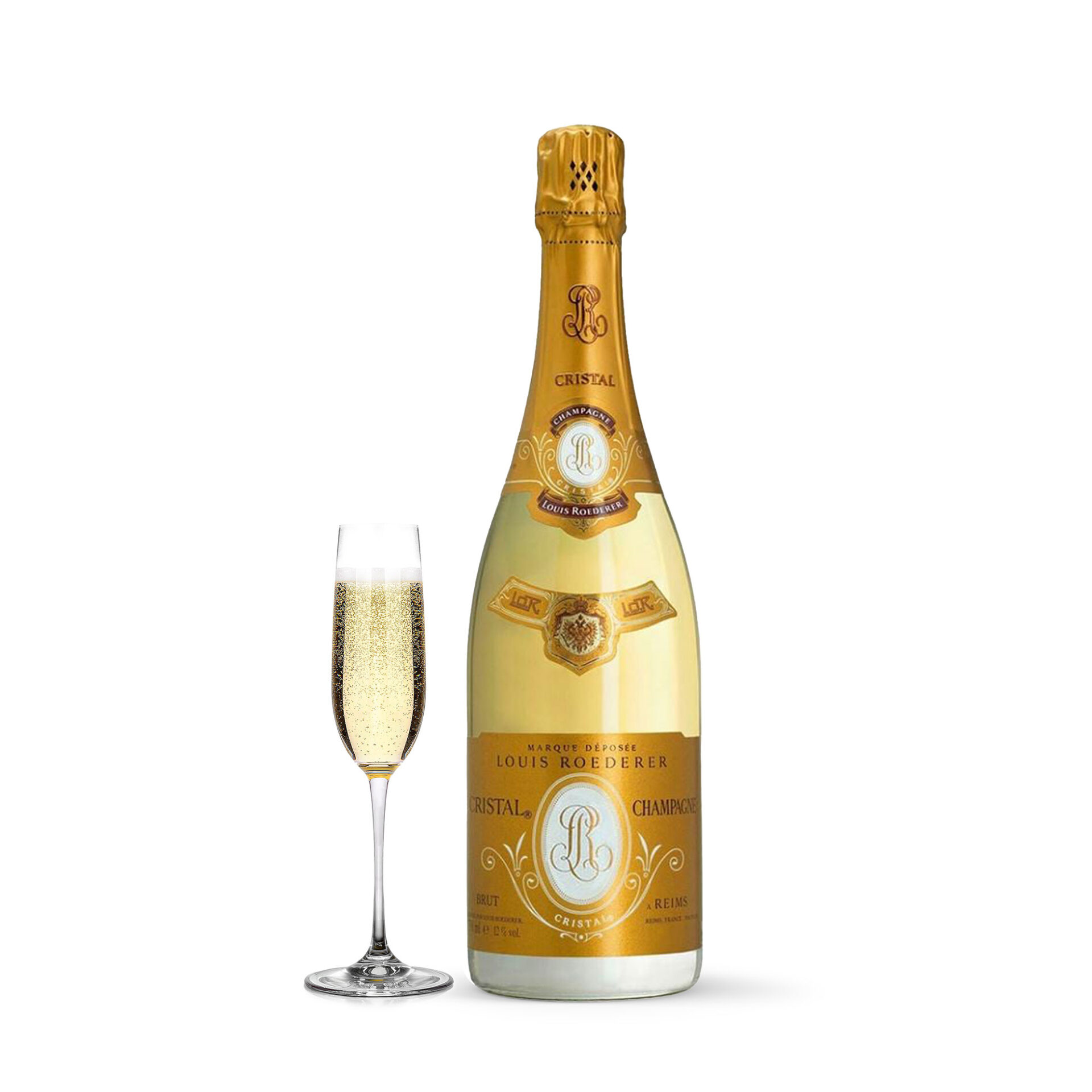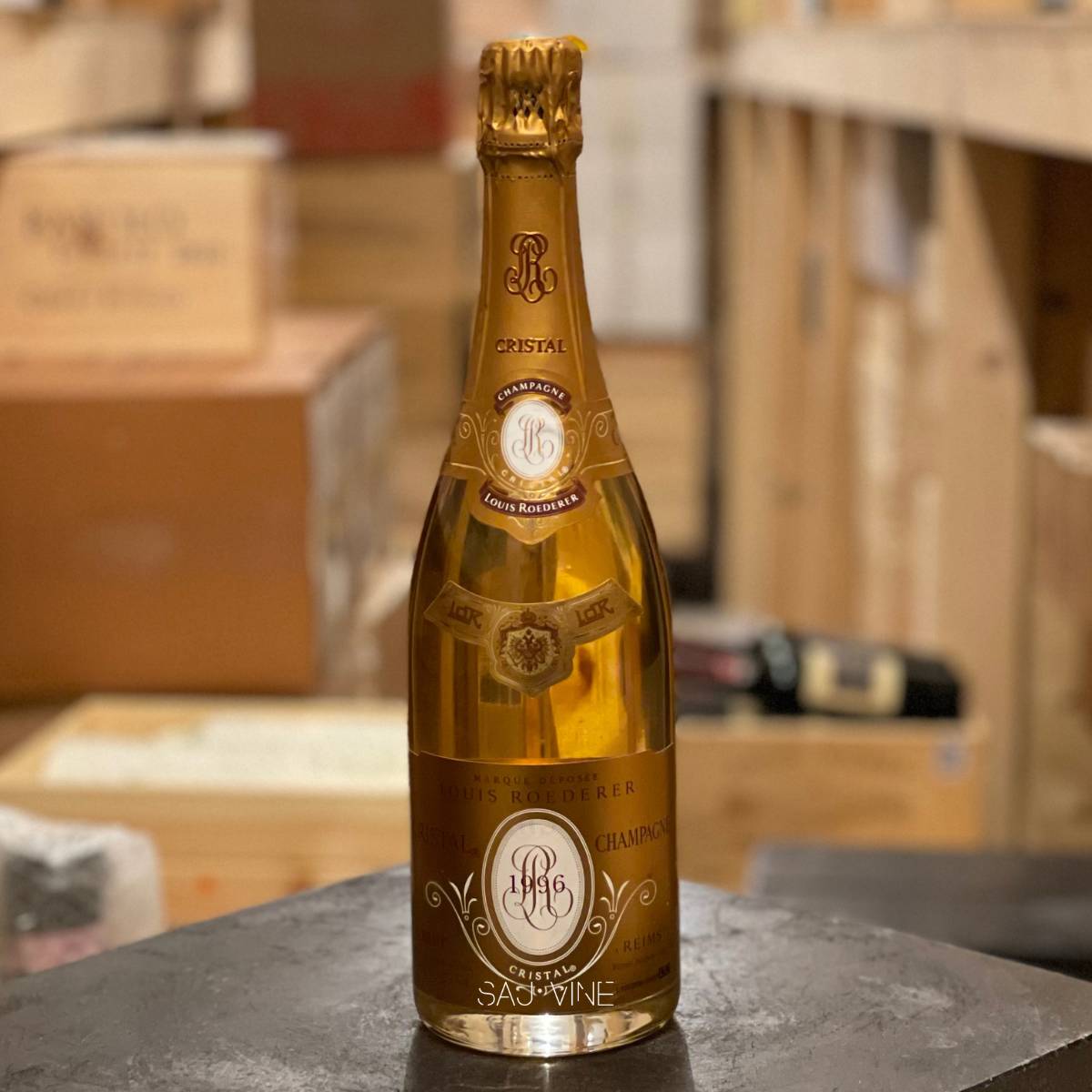Waterside Wines
Dom Pérignon: The Man and the Myth
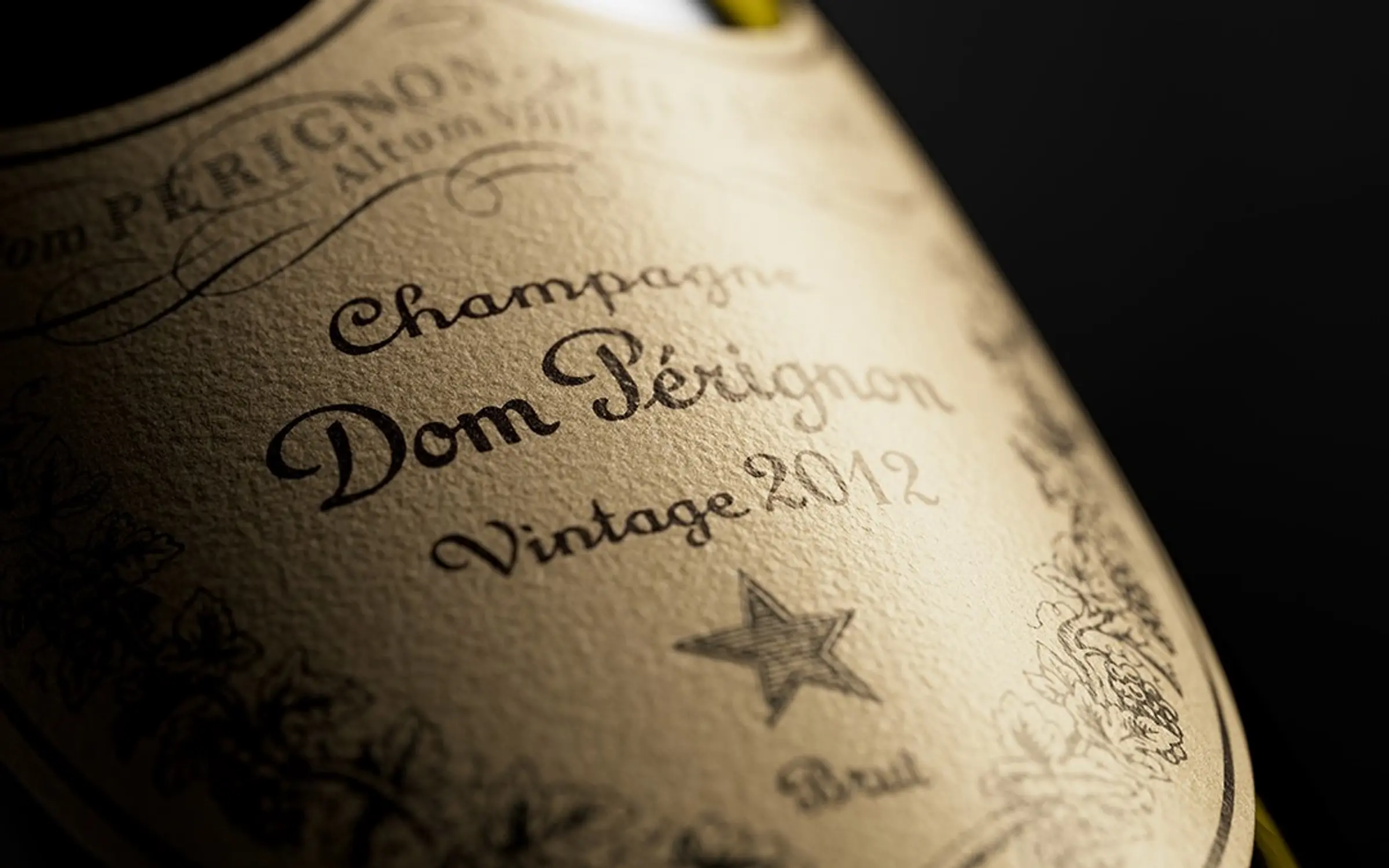
Champagne, the effervescent elixir of celebration and luxury, owes much of its allure to the legendary Dom Pérignon. Revered as the “Father of Champagne,” his name has become synonymous with the finest sparkling wine in the world.
The Early Years
Dom Pierre Pérignon was born in 1639 in Sainte-Menehould, a small town in the Champagne region of France. He was raised in a family of vineyard workers, and at an early age, he demonstrated an exceptional interest in viticulture and winemaking. His curiosity and passion led him to join the Benedictine Abbey of Hautvillers, situated amidst the picturesque hills of Champagne.

The Benedictine Abbey of Hautvillers
In 1668, Dom Pérignon became the cellar master at the Abbey of Hautvillers. The abbey was renowned for its vineyards, and its monks were dedicated to perfecting the art of winemaking. Dom Pérignon’s appointment was a significant turning point in the history of Champagne.
Innovation and Pioneering Techniques
Contrary to popular belief, Dom Pérignon did not invent Champagne nor set out to create sparkling wine intentionally. His primary focus was to improve the still wines of the region. During his time at the abbey, he experimented with various winemaking techniques, including blending different grape varieties and using cork stoppers to seal the bottles.
Dom Pérignon’s most significant contribution to the world of winemaking was his pioneering efforts to produce clear white wine from red grapes. By minimizing skin contact during the pressing process, he was able to create a beautifully pale, golden wine, much to the delight of his contemporaries.
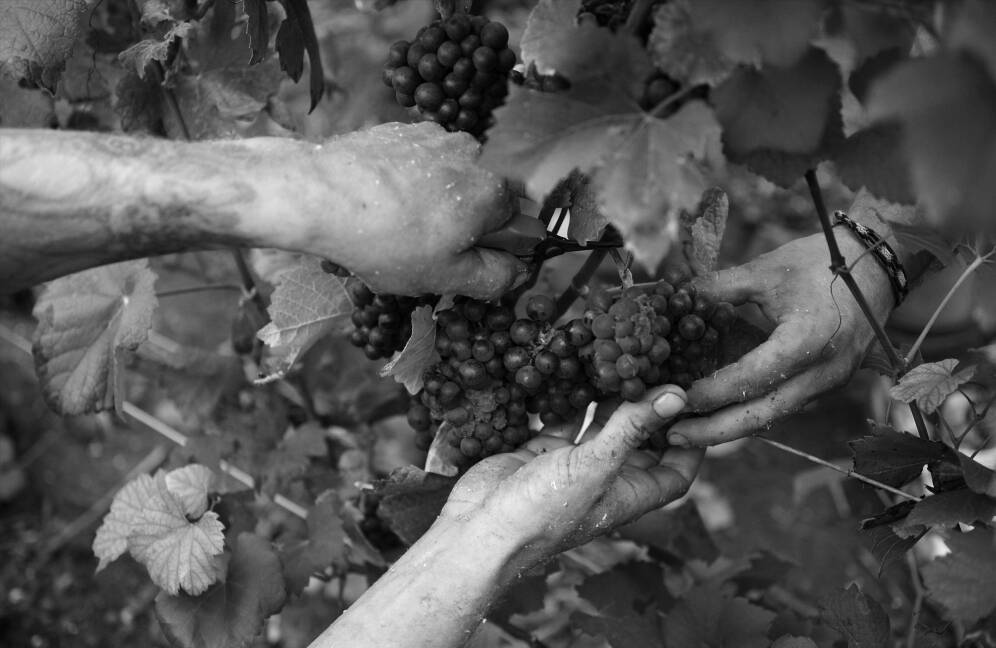
The Myth of the Bubbles
One of the enduring myths surrounding Dom Pérignon is his accidental discovery of the bubbles in Champagne. The story goes that the good monk was startled by the spontaneous fermentation that occurred in some of the bottled wines. These lively, sparkling wines were considered faulty at the time, as they were prone to exploding due to the pressure buildup.
While it is true that sparkling wines were a challenge for winemakers to control in the 17th century, it is improbable that Dom Pérignon rejoiced over such an occurrence. In fact, he spent much of his life trying to prevent the secondary fermentation that caused these bubbles, aiming to create a stable, clear wine.
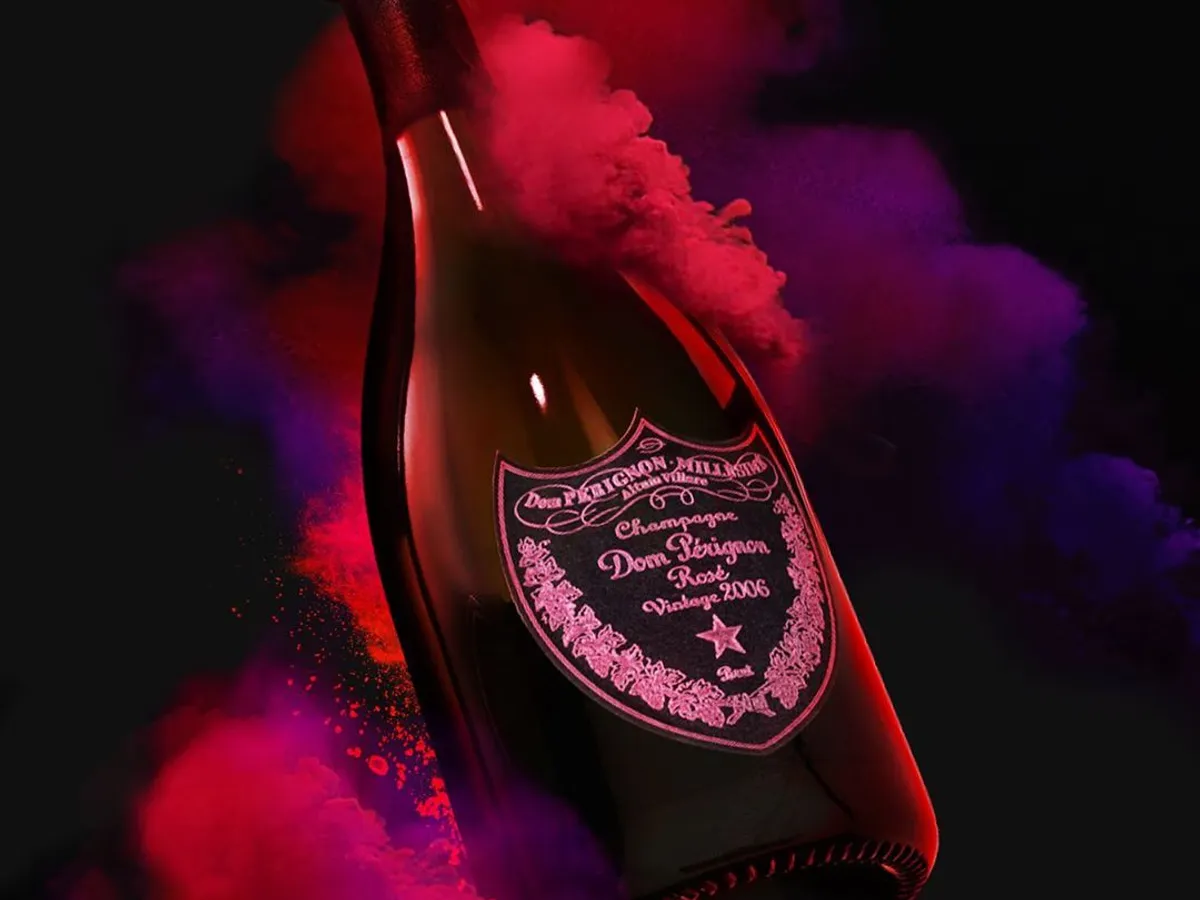
Legacy and Influence
Despite the myth of the accidental bubbles, there is no denying that Dom Pérignon’s work at the Abbey of Hautvillers had a profound impact on the Champagne region. His innovative techniques for blending and aging wines laid the foundation for modern Champagne production. The region’s reputation as a producer of exceptional sparkling wines grew steadily, and by the 19th century, Champagne had become the drink of choice for celebrations across the world.
The House of Dom Pérignon
In the 20th century, the name “Dom Pérignon” was adopted as a prestigious Champagne brand by the renowned Champagne house Moët & Chandon. The Dom Pérignon label is reserved for their vintage, prestige cuvée wines, crafted from the finest grapes and aged to perfection.
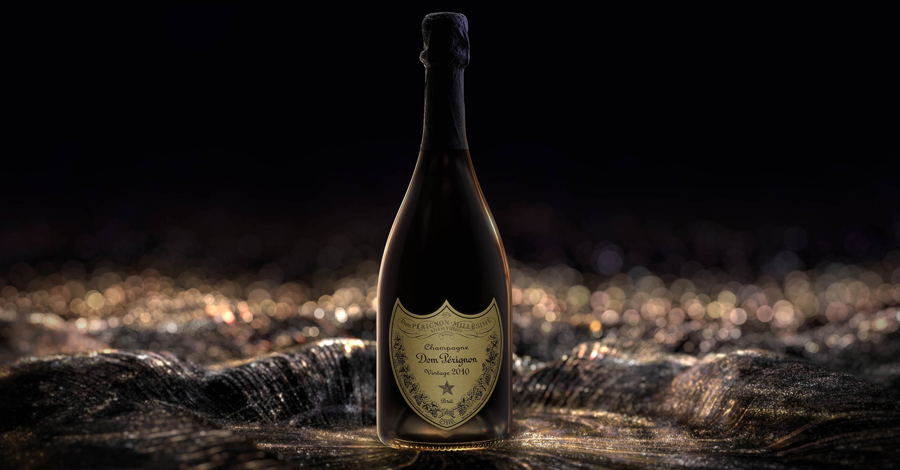
Conclusion:
Dom Pérignon’s legacy is far more than just a myth. As a pioneering figure in the Champagne region, his innovative techniques and unwavering commitment to winemaking excellence laid the groundwork for the success of Champagne as we know it today. Whether or not he truly “invented” Champagne’s bubbles, there is no denying the enduring allure of both the man and the myth behind the name Dom Pérignon. So, the next time you raise a glass of this iconic sparkling wine, remember the story of Dom Pérignon, the visionary monk whose passion for winemaking continues to captivate and inspire us centuries later.

